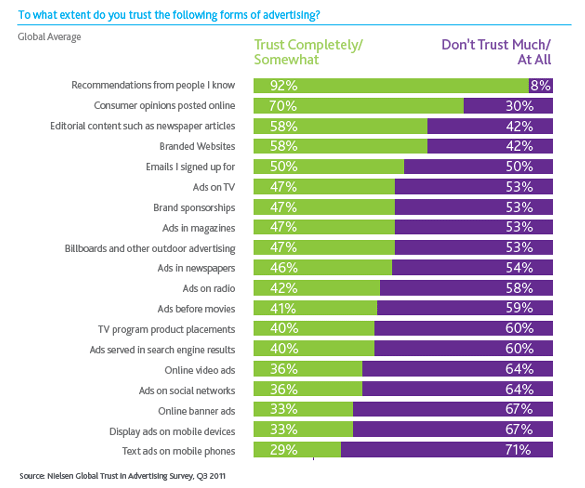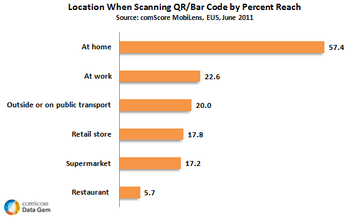Study ConnectedTV – What's the leading strategy?

© carlos castilla - Fotolia.com
This is the main finding of a recent study conducted by MPP Global Solutions which tried to figure out which company has the best strategy to be successful in terms of the connected TV market. The findings of the study which was done during an online webinar showed that the respondents were undecided on where the successful future could be found.
The research which was called ‘Redrawing the Lines in the Battle for the Living Room’ states that just 26% of senior industry managers identified Apple’s future TV service as successful in the long run. However, this findings was also mentioned by others with 22% who saw Google-TV and Netflix (17%) as creating the right effective strategy for the future. The MPP Global Solutions study analyzed the current position of the connected TV market as a whole and the major players within the industry.
“This inconclusive result reflects the content of the discussion; that the Connected-TV market is still coming out of the early adopter phase and even major players such as Apple, Google and Netflix are still trying to identify the best approach for success”. James Eddleston, Head of Marketing, MPP Global Solutions.
Although some big companies like Google, Apple and the likes are working on their connectedTV strategy, the user is not there yet. A recent study by YouGov found out that just 35% of connected TV owners use their devices for on-demand services, with one in four (25%) having never connected it to the internet at all. It will take time until the user is following the connected TV trend as a whole. The study makers said connected TV sales is set to increase by 70% by 2016.
Spot On!
For companies trying to address the connected TV market, it is essential to develop an effective strategy for the right user experience. Until companies find some intelligent solution the user will probably stay with the magic combination: TV and the second screen: smartphones and tablets. At the moment, users love to do multitasking as we learned from the latest Yahoo and Razorfish study. The respondents of that study said 80% do multitasking while watching TV. More than 60% use their mobiles once or twice while watching TV. And I am quite sure this will stay for quite a while. Or is the split screen a solution? Or the one-in-one program as a time-shift solution? While you change to the internet, the TV program goes in a stand-by mode?



 We all want to know what makes us trustworthy, especially when we tweet something. What is the secret sauce that makes others believe in the importance of our tweets? What makes those tweets better than those of our competitors?
We all want to know what makes us trustworthy, especially when we tweet something. What is the secret sauce that makes others believe in the importance of our tweets? What makes those tweets better than those of our competitors? In a recent study the research companies
In a recent study the research companies 


 According to
According to